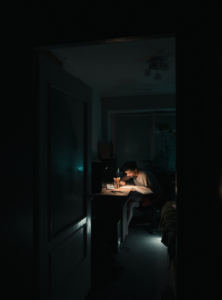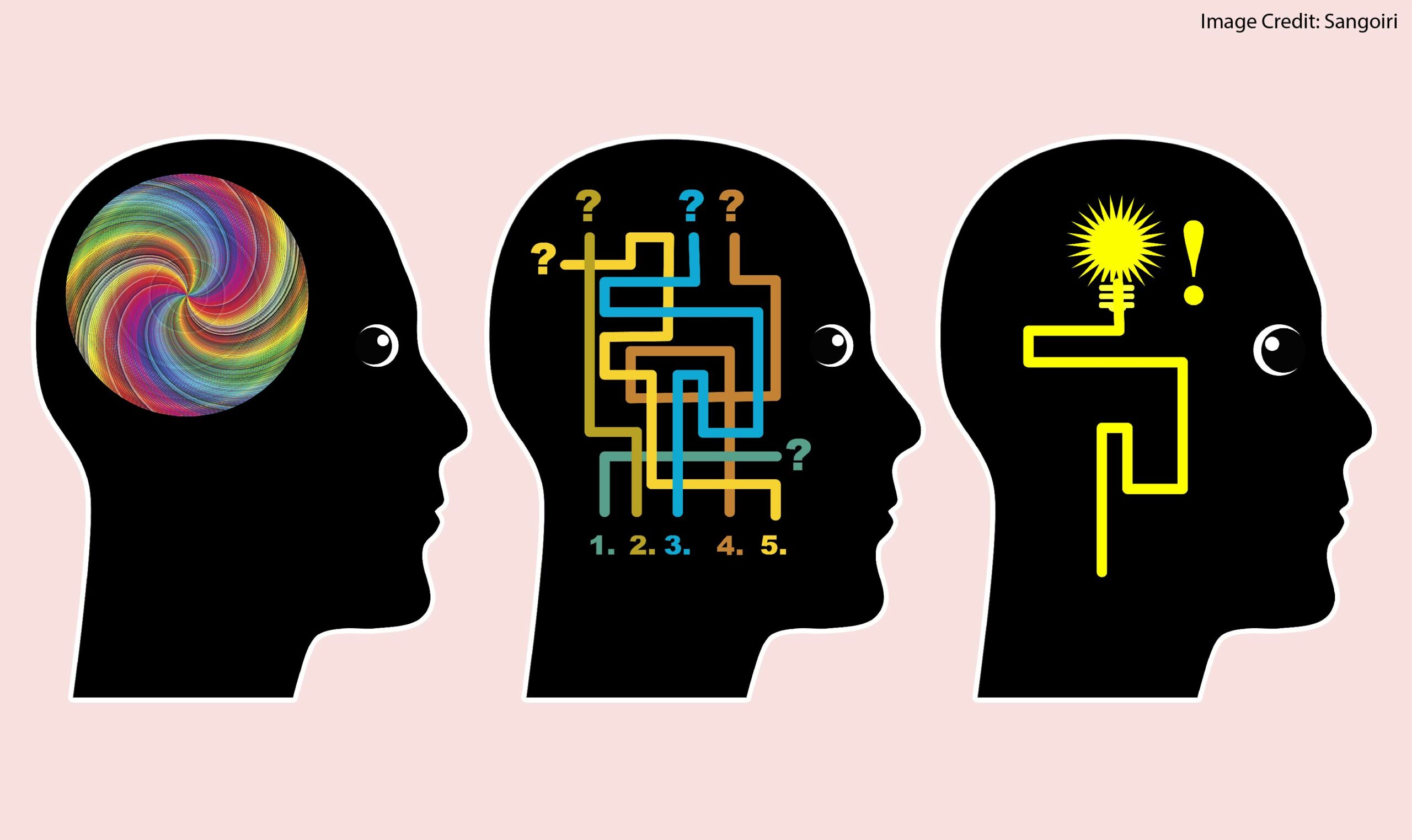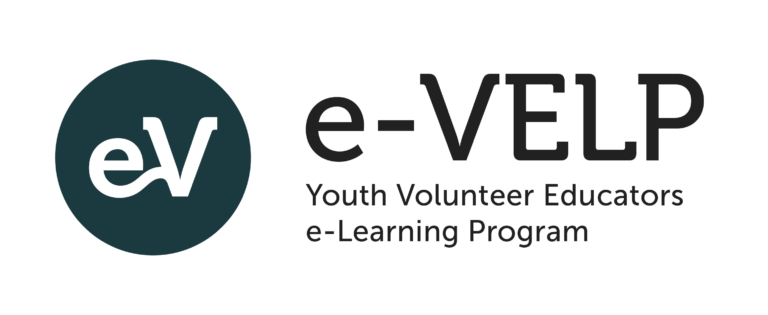Unit B.1.1 Knowing yourself as a learner
Knowing yourself as a learner
Knowing yourself as a learner
Knowing yourself as a learner
Knowing yourself as a learner
“You are product of your learning. Everything you know, everything you can do and everything you believe, you have learned.” — Peter Honey
“Learning is a treasure that will follow its owner everywhere.” — Chinese proverb
“Anyone who fails to learn… is regarded as oku eniyan.” — the living dead
Answer the below questions in your personal notebook  .
.
1.What do these quotes stress about learning?
2.What comes to your mind about learning when you think about learning?
3.What would be your quote of learning? Find it on the internet, in a book and explain why is important for you.
 These three quotes capture not only how learning is embedded in our lives but also how necessary learning is in today’s world.
These three quotes capture not only how learning is embedded in our lives but also how necessary learning is in today’s world.

https://insights.dice.com/2020/01/09/student-interest-a-i-machine-learning/
We – human beings – would not have survived without learning. “Learning has become one of the key aspects of a person’s life in the XXI century. According to Merriam and Bierema (2010), we face challenging processes of globalization, technological growth, and changes in demographics that change our societies and require constant learning. Moreover, the process of learning is not confined to the classroom but is also an inherent part of our everyday activities.” Thus, we need to focus on learning.
Usually, learning is referred to in the context of competence development.
Competence is usually understood as the combination of three components that show your expertise (Kėžaitė–Jakniūnienė, Taylor, 2018):
SKILLS (I do)
through doing things, practicing and training
KNOWLEDGE (I know)
through acquiring theoretical information about ideas, concepts and practices
ATTITUDE (I value)
through reflecting experiences, through changing your values, norms, beliefs
CONSIDER: when we say that we have learned something, we often focus on the knowledge and skills we gained, but forget the component of attitudes. Thus, when we think that we have learned something we need to reflect about all three components: what I know now, what can I do now? what I value/understand.
Competence is the outcome of a learning process and one of the key words in a job market. Thus, to gain more competence, we should focus on our learning processes and then our learning can go in many directions, for example:

Kėžaitė–Jakniūnienė M., Taylor M, 2018. Youthpass. ONE-2-ONE supporting learning face-to-face, p. 12. Salto-Youth.

https://www.leadinglearning.com/guide-to-andragogy/
So, what is learning? How should we describe it?
Learning is lifelong and lifewide, learning should acquire competence. Moreover learning is more than education. Why learning is more than education?
Let’s take a look at definitions of education and learning given by Malcolm Knowles, one of the main champions in adult education and self-directed learning:
1. Education is an activity undertaken or initiated by one or more agents that is designed to effect changes in the knowledge, skill, and attitudes of individuals, groups, or communities.
2. Learning is the act or process made by person who learns in which behavioral change, knowledge, skills, and attitudes are acquired.
Compare these two definitions of self-directed learning:
1.What similarities do you see in these definitions?
2.And what differences do you see in these definitions? Explain your answers.
Answer the above questions in your personal notebook. 
If we compare these two definitions, we see that:

EDUCATION
emphasizes the educator
the agent of change who presents stimuli and reinforcement for learning and designs activities to induce change.

LEARNING
emphasizes the person
in whom the change occurs or is expected to occur.
Thus, learning is not only a process, but also a product, learning is natural growth, shaping, development of competences, self-direction and so on.
Therefore, in learning the core element is a person who learns and as as his or her effort, motivation, responsibilities, actions and activities.

pexels.com
If we agree that in learning the main actions steam from the person who learns, then definitely the person should know himself/herself as a learner or should explore himself/herself as a learner.
Why is it important? Knowing yourself as a learning, will bring you at least two important things (Kloostermann, Markovic, Ratto-Nielsen, 2012, p. 14):
1.You will become more aware of your learning and will be able to create such conditions that will bring you a more enjoyable and fun learning process and will lead you to more successful results.
2.When you know yourself better as a learner, you will be in a better position to facilitate the learning process of others.
Thus, we encourage you to do all the tasks in this unit and take the time you make them. They will help you to explore yourself as a learner.
Exploration of yourself as a learner is valuable not only for you, but also for your further learning in the E-Velp platform, and some aspects you will be able to apply into your workshop.
So, when you will be performing these tasks, do not forget the workshop you will implement and always ask these questions: How will participants of my workshop learn? How will they take responsibility, initiative and action?
Watch the video How do we learn: https://www.youtube.com/watch?v=wlaG99awCD8
[embedyt] https://www.youtube.com/watch?v=wlaG99awCD8[/embedyt]
1.How do we learn? And how do we not like to learn?
2.What motivates people to learn? When is it boring to learn?
3.Under what conditions does learning cause stress?
4.What is most important in learning and why?
Answer the above questions in your personal notebook  .
.
STEP 1:
Recall two different situations from your life:
a)1 of your actual experiences when you enjoyed learning;
b)1 of your actual experiences that you were bored from or hated learning.
Important: Write down these learning situations in your personal notebook  . Be as precise as possible with the situations and try to remember and write down as many details about each situation as you can.
. Be as precise as possible with the situations and try to remember and write down as many details about each situation as you can.
STEP 2:
Read once again both situations you wrote and mark words or sentences that relate with the aspects you heard in the video:
safe environment, active learning,
autonomy, mastery,
connection, challenge, abilities,
bored, stressed,
flow, reflection,
passive and active learning
and then answer the below questions on your personal notebook :
:
1.What is a safe environment for me to learn?
2.What motivates and demotivates me to learn the most? Why?
3.How important are the components of autonomy – mastery – connection in my learning? Why?
4.When I’m stressed during learning? When are I’m bored?
5.What or who is inspiration for my learning? Why do I think it is?
Learning is as an individual, complex, unique and, to some degree, an subtle process:
Something we just do, without ever thinking too much about it (Kelly, 2002).
Our learning can be proactive and reactive, can be active and passive. Thus, there is no one way of learning. We all learn in different ways and what is suitable for one person, might not be suitable for others.

With the emerging popularity of learner-centered education in the early 1970s, the concept of learning style became a popular way to recognize the uniqueness of the individual learner and to view learning as an individual and unique process. Now there are nearly 100 established learning style frameworks and assessments (Kolb et al. 2014) that evaluate a wide spectrum of human individuality during the learning process.
Learning style refers to the ways a person prefers to learn. A learning style is not a fixed trait, but more like a habit shaped by our experiences and choices.
Our learning style(s) can be automatic and unconscious, also it can be consciously modified and changed (Kolb, 2015)
So, the stability of learning style depends on the learning situations we face and how we respond to them, i.e., whether we have a tendency to learn the same way in different situations. Thus, knowing our learning style(s) helps us to know how we should learn, what conditions and materials we need for learning. Moreover, knowing the style(s) helps to reach a learning goal more successfully.
Peter Honey and Alan Mumford (1986) identified four learning styles that people tend to use when they are learning:

They suggest that most of us tend to follow only one or two of these styles. Although one person can have these four styles, different learning activities may be better suited to particular styles.
1.Read the text by Jon Rosewell (2005) that presents all four learning styles and think about your learning experiences:
During the reading ask yourself:
– Do you recognize yourself in any of these styles?
– In which one or two styles would you put yourself right now?
2.Then download Learning Styles Test created by Mumford and Honey and take it.
Download the test here.
3.Now answer to below questions in your personal notebook  .
.
1.So, what did the test show? Did the test result match the outcome you expected?
2.Would you agree that this is your dominant learning style(s)?
3.Looking into the results, what would be those conditions that are important for your learning?

